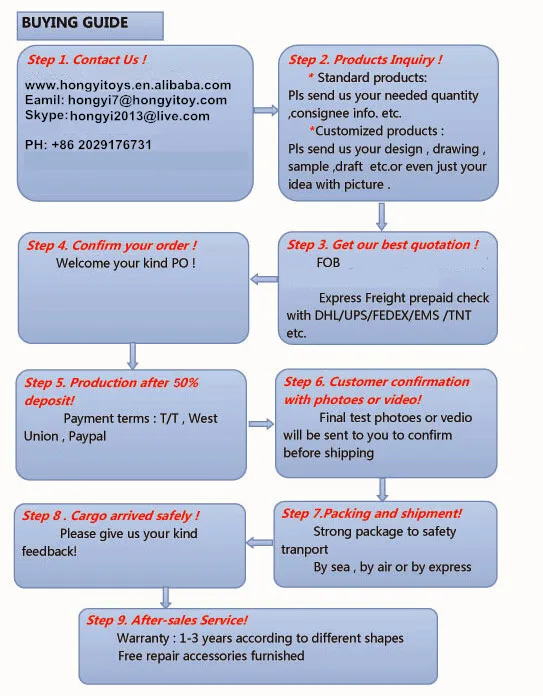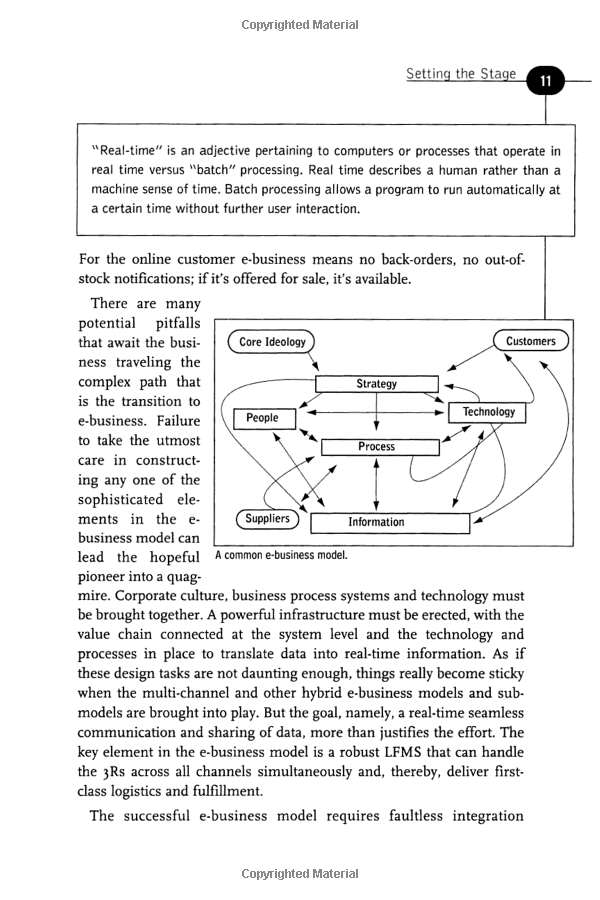Understanding When Must Equipment and Inventory Loans Be Paid Back: A Comprehensive Guide for Business Owners
Guide or Summary:Introduction to Equipment and Inventory LoansWhen Must Equipment and Inventory Loans Be Paid Back?Types of Repayment StructuresFactors Infl……
Guide or Summary:
- Introduction to Equipment and Inventory Loans
- When Must Equipment and Inventory Loans Be Paid Back?
- Types of Repayment Structures
- Factors Influencing Repayment Timing
- Consequences of Late Payments
- Strategies for Managing Loan Repayments
#### Translation of the Phrase
"When must equipment and inventory loans be paid back" translates to "何时必须偿还设备和库存贷款" in Chinese.
#### Detailed Description
Introduction to Equipment and Inventory Loans
Equipment and inventory loans are crucial financial tools for businesses looking to acquire necessary assets without depleting their cash reserves. These loans allow companies to purchase machinery, vehicles, or stock that are vital for their operations. Understanding the repayment terms of these loans is essential for maintaining healthy cash flow and ensuring the longevity of your business.
When Must Equipment and Inventory Loans Be Paid Back?
The repayment schedule for equipment and inventory loans varies based on several factors, including the lender's policies, the loan amount, and the terms agreed upon during the financing process. Typically, businesses must begin repaying these loans shortly after receiving the funds, often within 30 to 90 days. It's critical to review your loan agreement carefully, as it will outline the specific repayment timeline and any associated interest rates.
Types of Repayment Structures
There are several repayment structures that businesses may encounter when taking out equipment and inventory loans. These include:

1. **Monthly Payments**: The most common structure, where borrowers make fixed monthly payments over a predetermined period.
2. **Seasonal Payments**: Some businesses may have fluctuating cash flows, and lenders may offer a repayment plan that aligns with their income cycles.
3. **Balloon Payments**: In this structure, smaller payments are made throughout the loan term, with a larger final payment due at the end.
Understanding these structures can help businesses choose the right loan that fits their financial situation.
Factors Influencing Repayment Timing
Several factors can influence when equipment and inventory loans must be paid back:

- **Loan Amount**: Larger loans may come with longer repayment terms, while smaller loans might require quicker repayment.
- **Interest Rates**: Higher interest rates can lead to larger total repayments, affecting the timing and structure of payments.
- **Business Cash Flow**: A business's ability to generate revenue will heavily influence its repayment capacity. Those with stable cash flows may opt for shorter repayment periods, while those with less predictability might negotiate longer terms.
Consequences of Late Payments
Failing to adhere to the repayment schedule can have serious repercussions. Late payments can lead to increased interest rates, additional fees, and even damage to your credit score. In extreme cases, lenders may seize the equipment or inventory financed through the loan if payments are not made.
Strategies for Managing Loan Repayments
To ensure timely repayments, businesses should consider the following strategies:

- **Budgeting**: Create a detailed budget that accounts for loan payments and other operational expenses.
- **Cash Flow Management**: Monitor cash flow closely to anticipate any potential shortfalls that could impact repayment.
- **Communication with Lenders**: If difficulties arise, proactively communicating with lenders can sometimes lead to modified repayment terms.
In summary, understanding when must equipment and inventory loans be paid back is vital for any business owner. By familiarizing yourself with the terms of your loan, the types of repayment structures available, and the factors that can influence repayment timing, you can better manage your financial obligations. This knowledge not only helps maintain your business's creditworthiness but also contributes to its overall financial health. Always consult with financial advisors or lenders to clarify any uncertainties regarding your specific loan agreements.